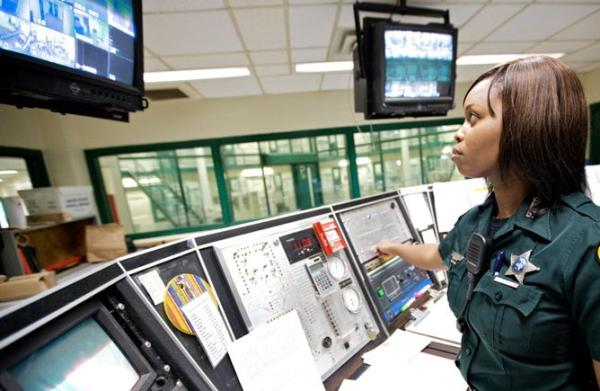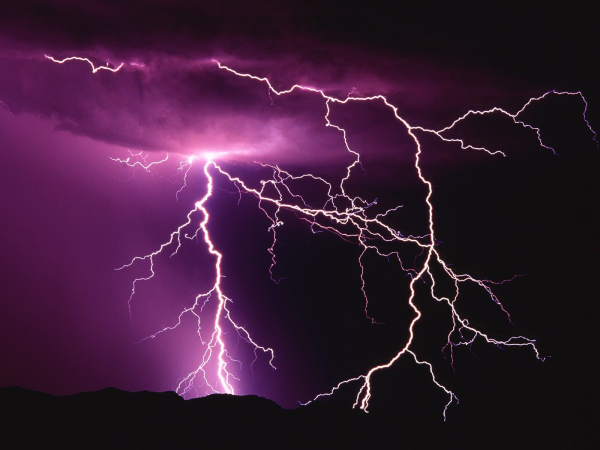Tom's Tech Talk #16: What's New with MOTOTRBO
I have to say, in my 32 years of being in radio, the MOTOTRBO product line is one of the best ideas I have seen come out from Motorola Solutions in a long time. Back in 2007 I remember seeing it for the first time. When I heard 2-for-1 channel usage, it immediately made me think of reducing our customers capital outlay for radio systems. In addition with many users still using Micor vintage equipment, the time was right for this product.
MOTOTRBO’s ability to cross both the analog and digital platforms really gave the customer a choice. It allowed the end user to migrate from a legacy platform of equipment operating on analog to a digital platform that allowed 2 simultaneous voice conversations over one radio frequency. DOUBLE CAPACITY with one system!! Purchasing an upgraded infrastructure backbone can allow a customer to operate analog until the customer gets enough mobile and portable radios; and with a simple programming to digital, the customer effectively has two repeaters in one system.
Motorola Solutions went one step further by allowing Application Developers to write software code to the radios to allow it to act as a modem or input/output device. By creating this digital platform, these binary ones and zeros carry more information than just voice.





